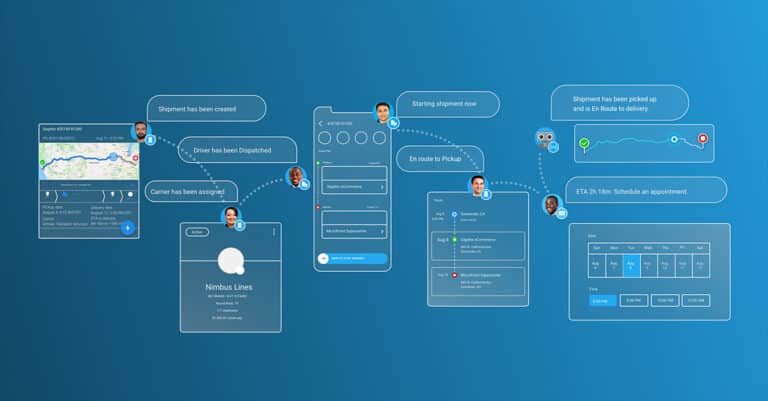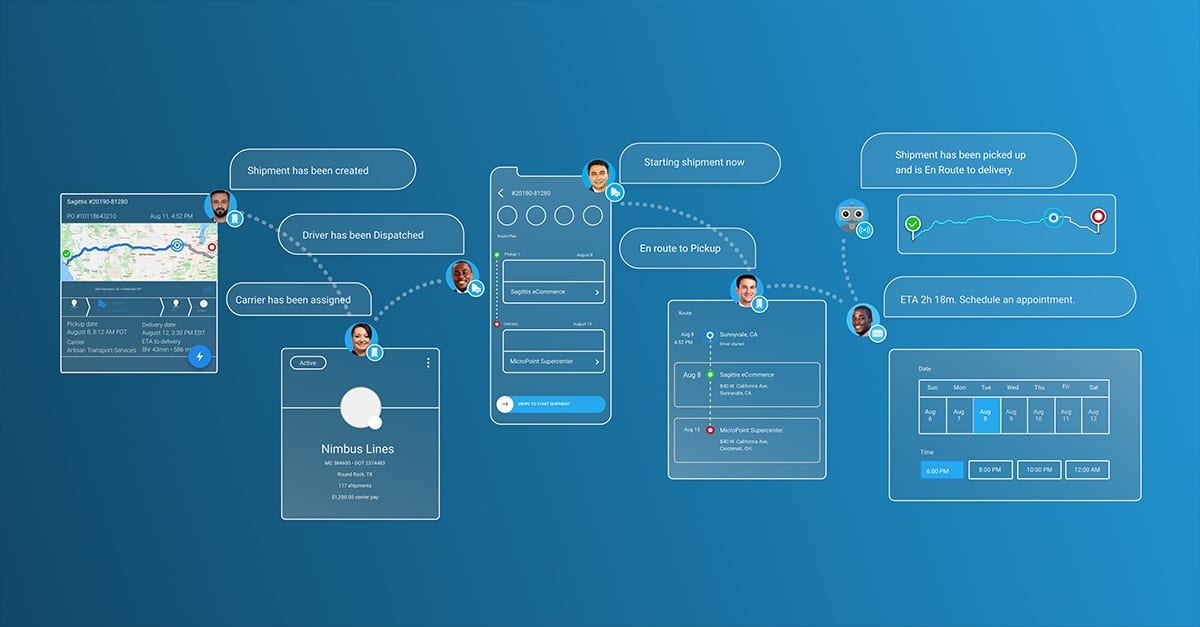The days of isolated software are long gone, and today every company should prioritize integrating its systems. The same principle applies to modern Warehouse Management Systems (WMS). Irrespective of how modern or sophisticated the WMS is, it will be bound to fail if it doesn’t have suitable interfaces with the other systems. Using a segregated WMS pushes employees to unnecessarily work harder and longer on activities other platforms can automate. It increases the risk of workers missing important information or customer requests and creates unnecessary team barriers.
By accessing and sharing the data in the WMS, the company may obtain numerous benefits. We’ll look at five possibilities that modern-day WMS enables through its data-sharing capabilities.
Sharing data with Enterprise Resource Planning (ERP)
A warehouse management system (WMS) improves the efficiency of warehouse operations. On the other hand, ERP software automates processes throughout the organization. From marketing and sales to human resources, customer support, procurement, inventory, and financial administration.
But due to the lack of integration between an ERP and a comprehensive Warehouse Management System, a warehouse can become just one of many small modules inside the ERP’s business ecosystem. It will limit the potential of what can be achieved with the in-sync systems.
ERPs act as a central repository for the entire company’s information. They gather, consolidate, process, share, and utilize data from all functions to benefit all operations. When an ERP and WMS are linked, warehousing data is shown in a straightforward interface, making it simpler for all stakeholders to understand the status and prepare appropriately. ERP integration also reduces data redundancy, ensuring the most up-to-date information is available to all the teams.
Sharing data with Transport Management Systems (TMS)
Connecting a Transport Management System (TMS) to the WMS helps get a clearer perspective of the operational efficiency of the warehouse, especially in manufacturing or distribution.
It helps to break down the old silos and aids in seeing everything from start to finish for planning, forecasting, and performance audits. Connecting to TMS can assist warehouse managers with workforce forecasting and optimum space allocations. It provides an opportunity to establish a real-time load plan for trailers and shipments on other modes.
Sharing data with Customer Relationship Management (CRM)
The ERP handles internal data, and many ERPs will also link with CRM systems. But an ERP may not be able to provide all of your warehouse data to the CRM due to the complexities of running the data through multiple layers.
Hence, the WMS’s direct connectivity with CRM systems enables vital tracking of customer behaviors from opportunity through order capture, order processing, and fulfillment. It may also link email campaigns for customer satisfaction and testimonials to service efficiency and shipment status.
Sharing data with Customs Management Systems (CMS)
A Customs Management System (CMS) can help bonded warehouses even as a standalone system. But when combined with the intelligent picking of a modern WMS, it can ensure the most cost-effective choice for order processing.
A customs management system handles all clients’ administrative responsibilities while connecting it with a WMS will ensure the same for warehouse managers. While submitting details to customs, this sync between WMS and CMS will be able to optimize declarations and will save tremendous time and effort. It’s a must-have for companies with large-scale international shipping operations.
Sharing data with Custom software that already exists
Another possibility is to evaluate sharing data across the custom-built systems for your organization. A potential target is any system that may use warehouse data or that now needs you to export data to a file and then upload it somewhere else. Such integration reduces the risk of human mistakes and provides additional opportunities to optimize processes and efficiency.
In its purest form, data integration entails carefully and painstakingly combining data from several sources to make it more complete and hence more usable and valuable than before. To get relevant data for its functioning, a WMS also has to integrate with various trade partners, including carriers, PO management systems, customers’ ERP systems, TMS, visibility platforms, accounting systems, insurance providers, and other TMS/brokers, and so on. And to be effective, a modern WMS must be adaptable to data sharing methods and formats. Using only one method or format to exchange data limits your business partners’ collaborative capabilities and might reduce the quantity of data accessible in the data warehouse.
If you are looking for great Collaborative TMS solutions that integrate easily, Turvo is the right partner. Turvo provides the world’s leading Collaborative TMS application designed for the supply chain. Turvo connects people and organizations, allowing shippers, logistics providers, and carriers to unite their supply chains, deliver outstanding customer experiences, collaborate in real-time, and accelerate growth. The technology unifies all systems, internal and external, providing one end-to-end solution to execute all operations and analytics while eliminating redundant manual tasks and automating business processes. Turvo’s customers include some of the world’s most considerable Fortune 500 logistics service providers, shippers, and freight brokers. Turvo is based in the San Francisco Bay Area with offices in Dallas, Texas, and Hyderabad, India.









